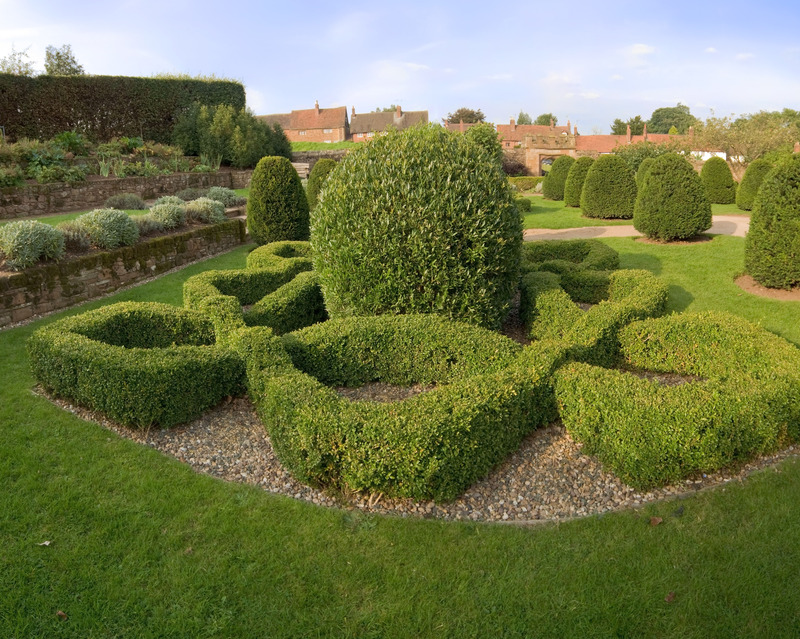Guide to Planting a Succulent Haven
Posted on 19/12/2024
Guide to Planting aSucculents are a gardener's delight. These resilient plants come in a variety of shapes, sizes, and colors, enabling you to create a captivating garden that requires minimal maintenance. If you're considering planting a succulent haven, this comprehensive guide will walk you through the essentials, provide insightful tips, and highlight the pros and cons of succulent gardening.
Choosing the Right Succulents
Selecting the right succulents is the first step to creating a thriving haven. Here are some factors to consider:
1. Climate: Not all succulents will thrive in every climate. While some like Echeverias or Kalanchoes are best suited for warmer, arid climates, others like Sempervivums can withstand colder temperatures.
2. Lighting: Succulents typically require bright, indirect sunlight. Choose species like Aloe Vera or Sedum if you have a sunny spot.
3. Growth Habits: Consider the growth habits of each succulent. Rosette-forming succulents like Aeoniums are visually striking, while trailing varieties like String of Pearls can add dimension to your garden.

Preparing the Soil
The success of your succulent haven largely depends on the type of soil you use. Succulents need well-draining soil to prevent root rot. Here's how to prepare the perfect soil mix:
1. Commercial Soil Mix: Purchase a commercial cactus or succulent soil mix.
2. DIY Mix: Combine 2 parts potting soil, 1 part coarse sand, and 1 part perlite or pumice. This mix ensures adequate drainage and aeration.
Planting Your Succulents
1. Container Selection: Use containers with drainage holes to allow excess water to escape. Terra cotta pots are ideal as they are porous and allow the soil to dry out faster.
2. Planting Process: Gently remove the succulent from its nursery pot. Place it in your prepared soil mixture, ensuring the roots are spread out. Water lightly afterward.
3. Spacing: Allow room for growth by spacing your succulents adequately. This also promotes better air circulation, reducing the risk of fungal infections.
Watering Guidelines
Watering succulents can be tricky since overwatering is one of the most common causes of plant stress or death. Follow these guidelines:
1. Soak and Dry: Water thoroughly when the soil is completely dry. Ensure that excess water drains out from the pot.
2. Seasonal Adjustments: Reduce watering during the dormant season (typically winter). Succulents require more water during their growing season (spring and summer).
Fertilizing Your Succulents
While succulents are not heavy feeders, occasional fertilization can promote robust growth and vibrant colors. Here are some tips:
1. Type of Fertilizer: Use a balanced, water-soluble fertilizer diluted to half strength.
2. Frequency: Fertilize once during the growing season, typically spring or early summer. Avoid fertilizing during the dormant season.
Common Issues and Solutions
Despite being low-maintenance, succulents can encounter a few problems. Here's how to tackle them:
1. Overwatering: Leads to root rot. Solution: Reduce watering and ensure proper drainage.
2. Underwatering: Leads to shriveled leaves. Solution: Water more frequently but ensure the soil dries out between waterings.
3. Pests: Common pests include mealybugs and aphids. Solution: Use insecticidal soap or neem oil.
Pros and Cons of Succulent Gardening
Pros:
1. Low Maintenance: Minimal water and care requirements make them ideal for busy lifestyles.
2. Variety: A wide range of species to choose from, each with unique characteristics.
3. Resilience: Drought-tolerant and adaptable to various environments.
Cons:
1. Sensitivity to Overwatering: Requires careful watering practices to avoid root rot.
2. Sunburn: Some species can get sunburned if exposed to too much direct sunlight.
3. Limited Cold Hardiness: Many succulents are not frost-resistant and need protection in colder climates.
Tips for a Thriving Succulent Haven
1. Rotate your pots occasionally to ensure even growth and light exposure.
2. Remove dead leaves regularly to prevent rot and pest infestations.
3. Use top dressing like gravel or small stones to discourage pests and enhance aesthetics.

Takeaways
Creating a succulent haven is rewarding and relatively straightforward. With the right selection of plants, ideal soil conditions, and proper care, you can enjoy a lush, low-maintenance garden. Remember to adapt your care routine based on seasonal changes and monitor your plants for signs of distress.
Conclusion
Succulent gardening allows you to indulge in a botanical hobby with minimal fuss. By choosing the right succulents, preparing suitable soil, and following appropriate care guidelines, you can cultivate a beautiful, resilient garden. With careful planning and regular maintenance, your succulent haven will flourish, offering beauty and tranquility for years to come.




